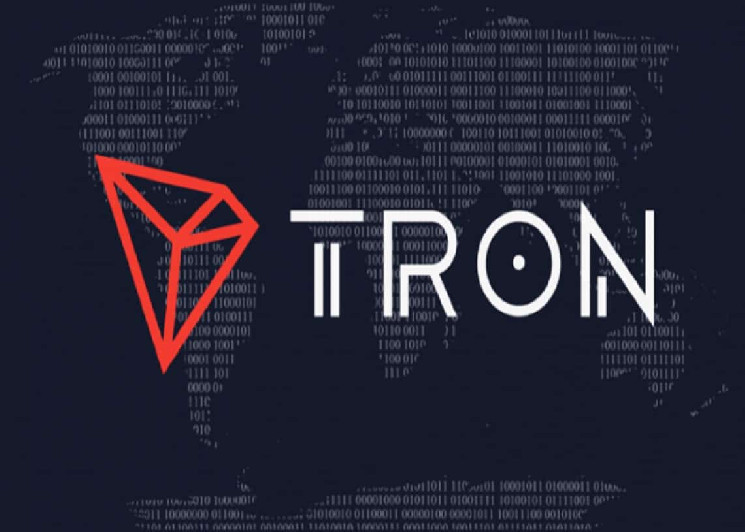Tokenized treasuries may not completely replace stablecoins, according to analysis by JPMorgan. While there is potential for treasuries to gradually replace unused cash in stablecoins, the regulatory advantage that stablecoins have as non-securities presents a significant hurdle for full replacement.
Stablecoins offer high liquidity, with a market size of nearly $180 billion spread across multiple blockchains and centralized exchanges. This liquidity allows for seamless trading with low transaction fees, making stablecoins a preferred option for many users in the crypto ecosystem.
On the other hand, tokenized treasuries like Blackrock’s BUIDL face challenges in terms of liquidity, which may improve over time as these products become more popular. However, their classification as securities subjects them to stricter regulations compared to stablecoins, limiting their utility as collateral within the broader crypto market.
Despite the potential for tokenized treasuries to replace some of the stablecoin market, JPMorgan believes that stablecoins will likely remain dominant due to their regulatory advantage and established liquidity. As the industry evolves, it will be interesting to see how these dynamics continue to shape the crypto landscape.
For further insights into the role of stablecoins in the market, the recent acquisition of Bridge by Stripe validates the increasing usage and relevance of stablecoins, as highlighted by analysts at Bernstein.









